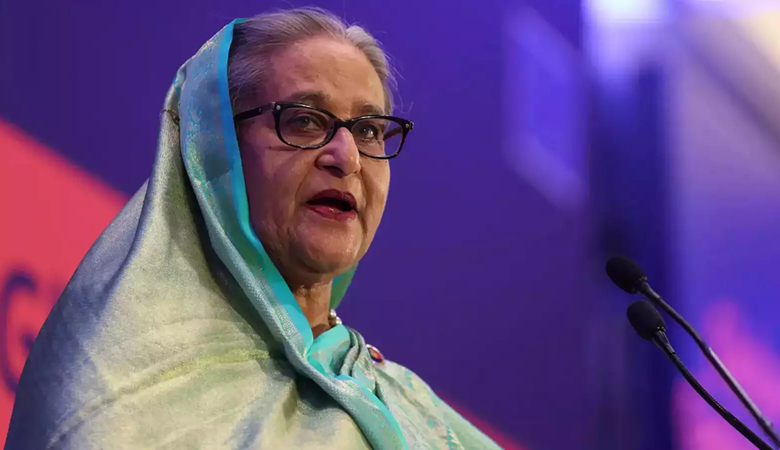Speculating Why Sheikh Hasina’s Regime Collapsed: The Downfall of Bangladesh’s Longest-Serving Prime Minister

News Mania Desk/Agnibeena Ghosh/9th August 2024
Sheikh Hasina, once hailed as a pillar of strength for Bangladesh, has seen her political career unravel in dramatic fashion. A figure who had guided the country through substantial economic growth and international acclaim for humanitarian efforts, Hasina’s tenure ended abruptly following a series of tumultuous events that culminated in her resignation on August 5, 2024. The fall of Bangladesh’s most powerful prime minister in decades was driven by a mix of political missteps, economic challenges, and public dissatisfaction.
Hasina’s tenure began with resilience and promise. After surviving the 1975 massacre that claimed her family’s lives and spending years in exile, she returned to Bangladesh and revitalized the Awami League. Under her leadership, the party played a crucial role in toppling the military regime of Muhammad Ershad in 1990. By 1996, she had become prime minister, and despite a subsequent loss in 2001, she returned to power in 2009. Her leadership was marked by significant strides in economic development, with millions lifted out of poverty and international recognition for hosting Rohingya refugees.
However, the seeds of Hasina’s downfall were sown in recent years. The initial trigger was the reinstatement of a controversial quota system for government jobs by the Bangladesh high court in June 2024. This system, which reserved over 50% of government positions for various groups, was reinstated after being abolished in 2018. The move sparked intense student protests, initially focused on university campuses.
Compounding her difficulties was a significant erosion of political legitimacy. Hasina’s administration faced consistent allegations of election irregularities and political repression. The opposition, notably the Bangladesh Nationalist Party (BNP), had been marginalized and persecuted. The political space grew increasingly restrictive, with opposition leaders frequently targeted and the judiciary accused of bias. As a result, Hasina’s government was viewed by many as autocratic, exacerbating public frustration.
Economic challenges further strained her position. Bangladesh’s impressive economic growth in the past decade was hindered by the COVID-19 pandemic and the subsequent Russia-Ukraine war. The country saw its GDP growth plummet from 7.9% in 2019 to 3.4% in 2020. Inflation surged, hitting 10%, and youth unemployment soared to 20%. These economic strains contributed to public discontent, particularly among the youth, who were already frustrated by the reinstated quota system.
Hasina’s approach to handling the student protests was also a miscalculation. Her labeling of the protesters as ‘razakars’—a term historically associated with collaborators of the Pakistani military during the 1971 liberation war—fueled further anger. The government’s response, which included violent crackdowns by both police and Awami League activists, only escalated the situation. The resulting violence claimed over 200 lives, worsening public sentiment and drawing widespread criticism.
By early August, the military’s reluctance to enforce a curfew and their stance against using force against protesters signaled the end of Hasina’s grip on power. Faced with mounting pressure, Hasina resigned and fled to India on August 5. Her departure marked a significant shift in Bangladesh’s political landscape, with the interim government now led by Nobel Laureate Muhammad Yunus.
As Bangladesh grapples with this transition, the future remains uncertain. The interim government faces the daunting task of restoring order and addressing the deep-seated issues that led to Hasina’s downfall. The country’s political and economic stability hangs in the balance as it navigates this period of upheaval.






